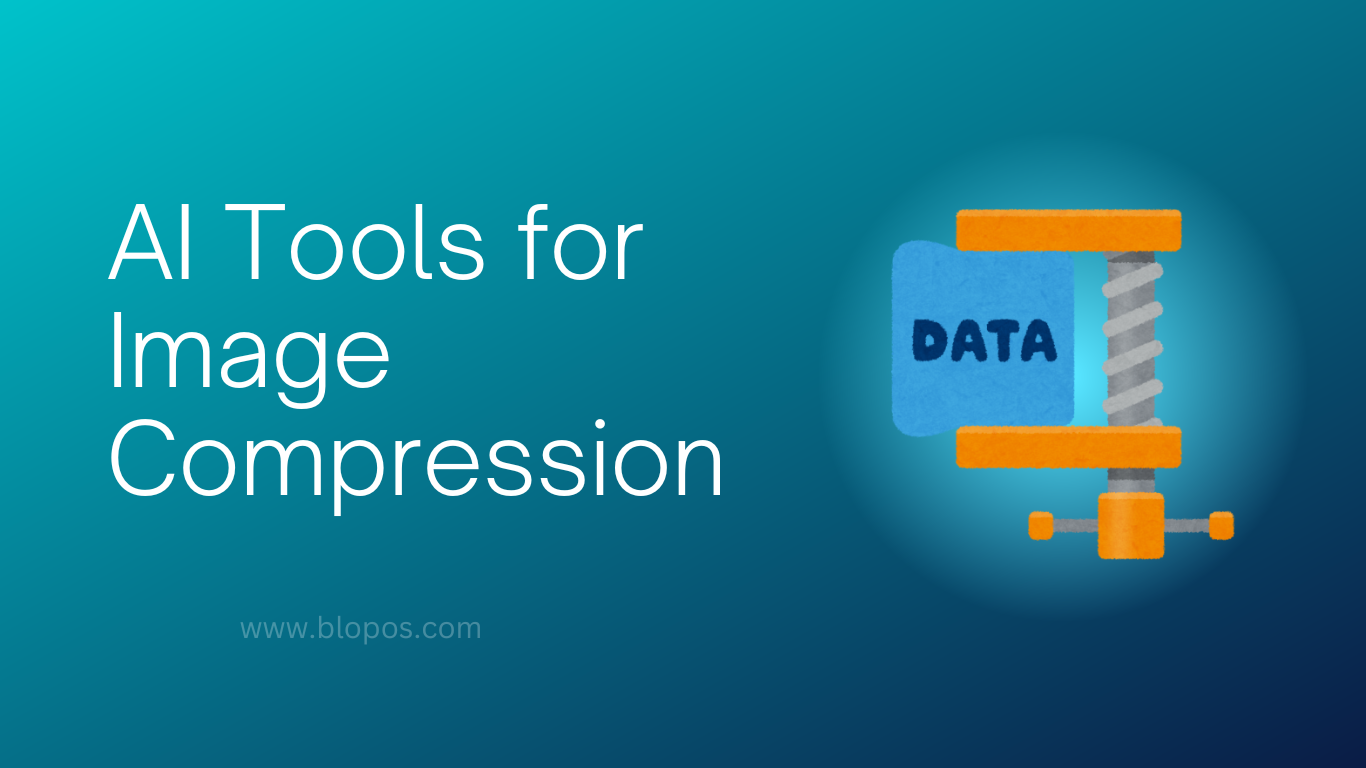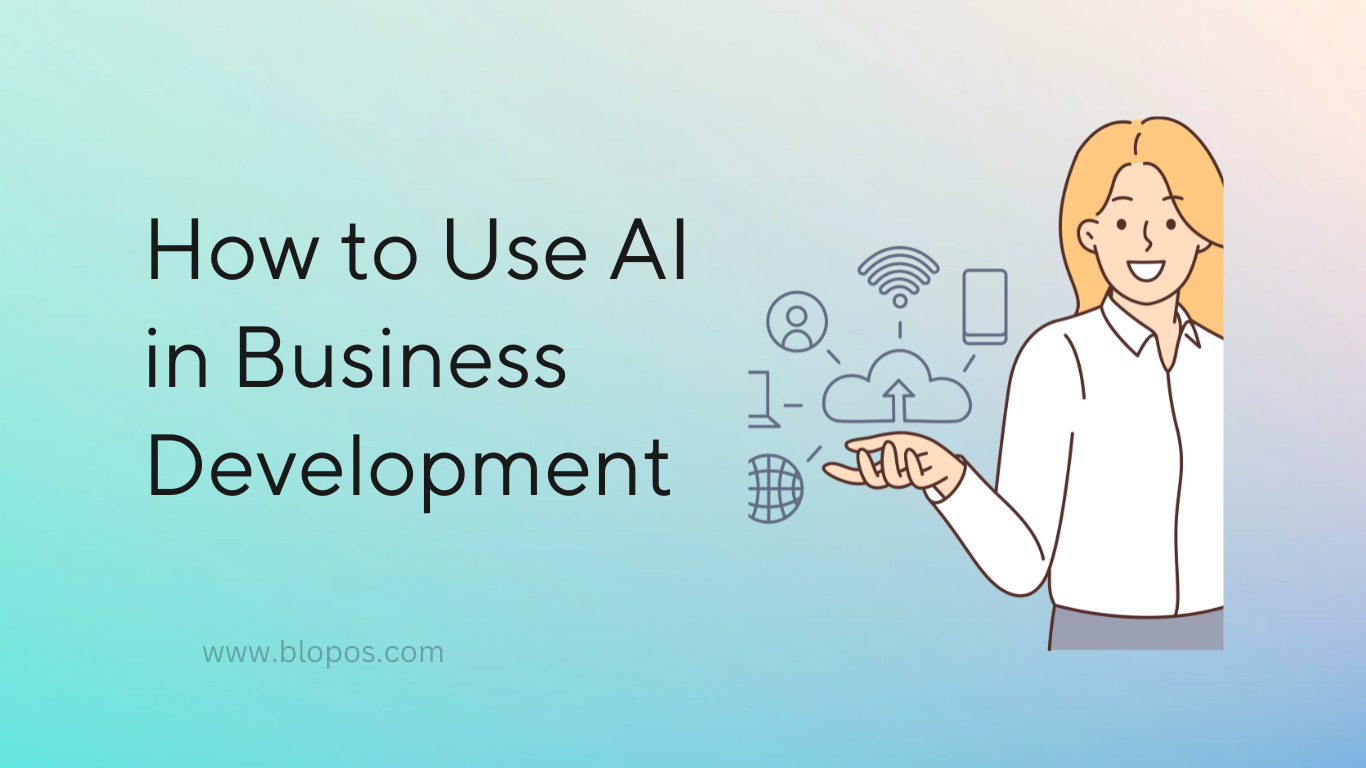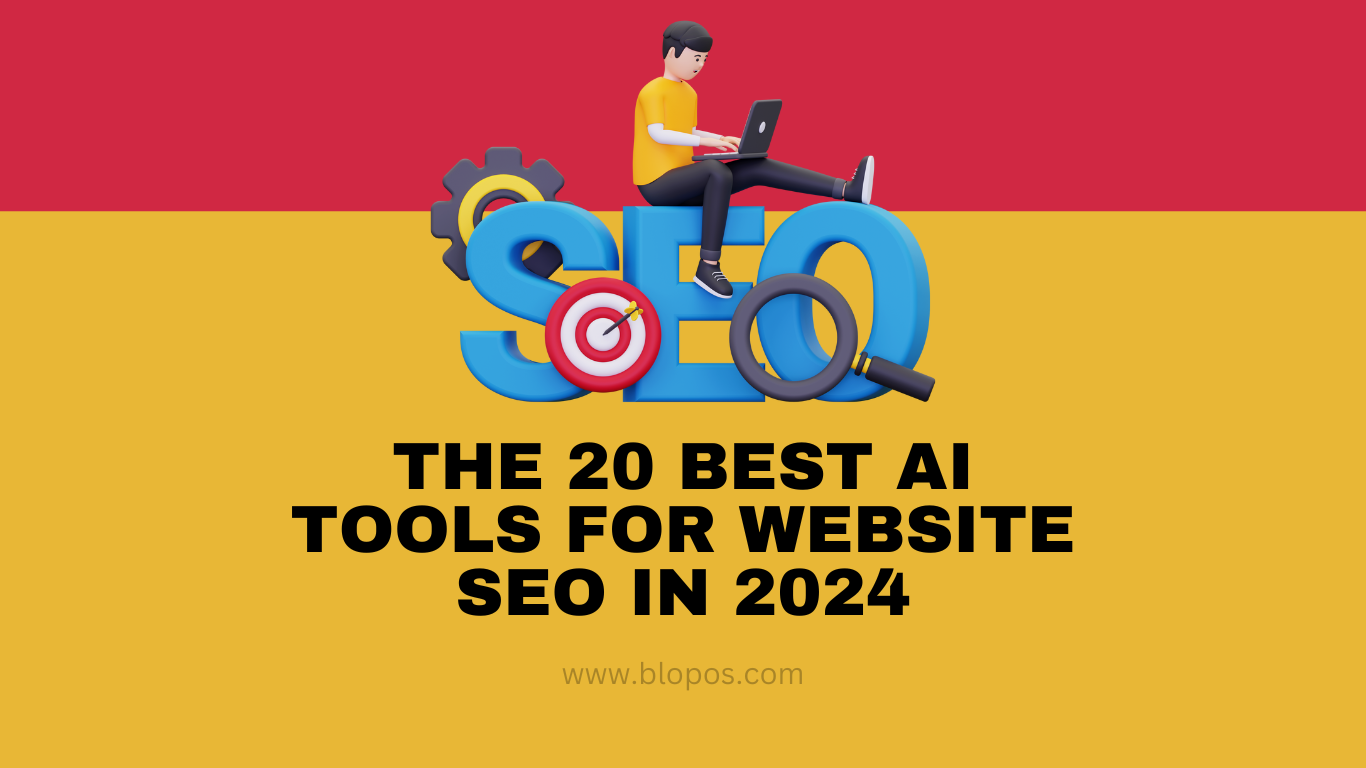The concept of “navigating the AI frontier in higher education” involves understanding and leveraging artificial intelligence to transform teaching and learning in academic institutions. Various initiatives are underway to explore the impact of AI technologies on higher education, as well as the necessary strategies for effective integration.
Explanation
AI in Education Principles
The Software & Information Industry Association (SIIA) has released guidelines to help educational institutions and technology companies navigate AI’s implementation. These principles emphasize collaboration between AI developers and academic stakeholders to ensure ethical practices, protect student privacy, and enhance educational equity.
Institutional Innovations
Companies like Watermark are integrating AI into their solutions to streamline administrative tasks and enhance academic outcomes. Their tools aim to improve faculty productivity and provide deeper insights into student behavior, allowing for a more tailored educational experience.
Research Initiatives
The eLearning 2.0 Project is a new research initiative that examines how AI and virtual classroom technologies can significantly improve teaching and learning experiences. It seeks to provide data and insights for institutions seeking to harness these technologies effectively.
Public Perception and Integration Challenges
A survey by the University of Phoenix revealed that while many adults are interested in AI, concerns about its accuracy and the potential for job displacement persist. This indicates a need for ongoing education and skill development to help individuals adapt to AI tools in both educational and workplace settings.
Collaborative Efforts
Recent summits and collaborative efforts, like those organized by the Booz Allen Foundation and aiEDU, focus on equipping educators with the tools and strategies needed to integrate AI effectively into classrooms. This ensures that all students, particularly those in underserved communities, can benefit from these advancements.
These developments highlight a growing recognition of AI’s potential to reshape higher education while also underscoring the importance of ethical considerations and comprehensive support systems to facilitate this transition. For more detailed information, you can explore the specific initiatives and studies mentioned.
How do you navigate the AI frontier in the higher education?
Navigating the AI frontier in higher education involves understanding the diverse applications of AI technologies and their impact on educational outcomes. Several recent initiatives and technologies highlight how institutions are leveraging AI to enhance learning experiences and operational efficiencies.
AI Tools for Institutional Improvement
Companies like Watermark are integrating AI to empower educational institutions by providing insights, automation, and efficiency. Their tools help institutions generate customized learning outcomes and streamline faculty administration, ultimately enriching student experiences.
Cognitive AI Assistants
Juji Inc. has developed cognitive AI assistants that allow universities to respond to inquiries 24/7, personalizing interactions with students and alums. This technology addresses the challenge of managing high volumes of queries while enhancing user experience through more engaging and human-like interactions.
Addressing AI in the Curriculum
The AI Education Project (aiEDU) is focused on providing equitable access to foundational AI education. They offer free curricula that help educators integrate AI discussions into core subjects, fostering AI literacy among students. Events like the AI Education Summit also focus on equipping educators with tools and strategies to harness AI for student benefit, particularly for those from underserved communities.
Understanding Workforce Concerns
A survey from the University of Phoenix found that while many adults are apprehensive about AI’s accuracy and potential job displacement, a significant number view AI as a tool that can enhance their work rather than replace it. This indicates a need for higher education to adapt and incorporate AI training within curricula to prepare students for future job markets.
Comprehensive Solutions for Student Success
Solutions like Jenzabar provide an integrated suite of tools aimed at modernizing the educational experience—from recruitment and retention to e-learning and analytics. These systems help institutions navigate the complexities of a digital campus.
To explore these developments and how they can shape the future of education, you can read further details in the respective press releases from sources like Business Wire.
How it works?
Navigating the AI frontier in higher education involves several components that together help institutions integrate artificial intelligence effectively into their systems. Here’s a breakdown of how it works
Frameworks and Principles
Organizations like the Software & Information Industry Association (SIIA) have established principles for the responsible use of AI in education. These frameworks advocate for collaboration between tech developers and educational institutions to ensure ethical AI implementation, focusing on privacy, equity, and the overall educational experience (Business Wire).
Integration of AI Tools
Companies such as Watermark are developing AI tools designed to enhance operational efficiencies in higher education. These tools can automate administrative tasks, analyze student data for personalized learning, and help faculty manage their workloads more effectively. The goal is to free up educators to focus more on teaching rather than administrative duties.
Research and Data Insights
Initiatives like the eLearning 2.0 Project aim to gather data on the impacts of AI and next-generation technologies in academic environments. By collecting insights from various stakeholders, these projects help institutions make informed decisions about technology investments and pedagogical strategies.
Training and Development
There is a strong emphasis on equipping educators and students with the skills necessary to leverage AI effectively. This includes professional development programs that teach educators how to use AI tools in the classroom, as well as curricular changes that integrate AI literacy into students’ learning experiences.
Addressing Concerns
Surveys indicate a mix of excitement and apprehension regarding AI in education, with many adults expressing concerns about accuracy and job displacement. As such, institutions are focusing on transparent communication about AI’s capabilities and limitations, as well as fostering an adaptive learning environment.
Overall, successfully navigating the AI frontier in higher education involves a collaborative approach that balances innovation with ethical considerations and practical training. For further details, you can explore the sources linked above.



